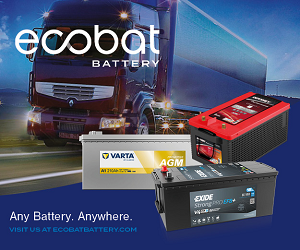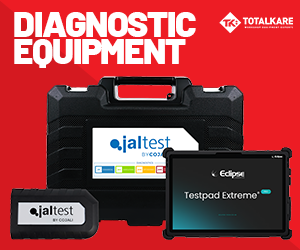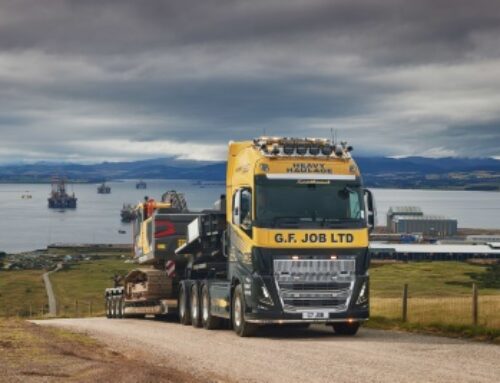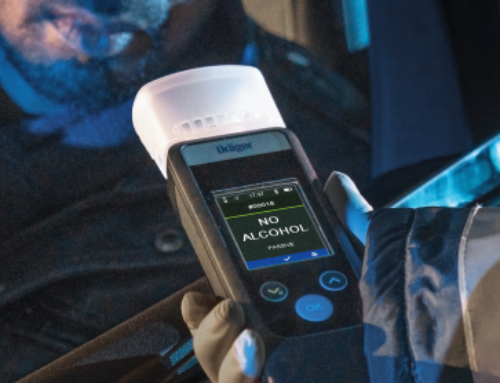Fuel cells poised to break into mainstream
 Fuel cells which turn hydrogen gas into electricity and water are being adopted by many truck manufacturers as an alternative to battery-electrics in some applications. Their advantages are lower weight, longer range and much faster refuelling times, but their disadvantages include reduced efficiencies in energy conversion, greater fragility, and higher front-end cost.
Fuel cells which turn hydrogen gas into electricity and water are being adopted by many truck manufacturers as an alternative to battery-electrics in some applications. Their advantages are lower weight, longer range and much faster refuelling times, but their disadvantages include reduced efficiencies in energy conversion, greater fragility, and higher front-end cost.
Nevertheless, development continues. Cummins showed its fourth generation of fuel cell at IAA (it already has some third-generation units in service on Faun RCVs), having acquired the expertise when it took over Canadian company Hydrogenics in 2019.
The fourth-generation cell is the first to be developed with Cummins investment, and the manufacturer is gaining experience of how the product is used in the field to guide its continuous development. It differs from previous designs in having an independent controllable compressor which allows the cell’s output to be varied. The compressor itself is oil-free to avoid contamination of the cell surface and uses air pillow lubrication so there is no metal-to-metal contact with the shaft.
The cells themselves produce waste heat, and the new design allows coolant temperature to rise to 85 C: the maximum for the previous version was 65 C. The new design also has far greater power density: 135 kW can be produced from the same volume as the previous version needed to generate 45 kW: allowing volumes to be reduced by one-third. The 135 kW fourth generation cell weighs just 276 kg, compared to 336 kg for the 45 kW previous version.
Surplus power output is of vital importance in fuel cells: unlike diesel engines they are most efficient at energy conversion when running at 50 to 60 per cent of their rated output, and running at high output causes premature wear.
For this reason, many fuel cell vehicles incorporate a traction battery: in citybus applications for instance, the fuel cell can be tuned to provide enough energy to propel the bus at maximum speed on a flat road. Surplus power, and energy recovered from regenerative braking when the bus slows or runs downhill, can be stored in the battery and used to support the fuel cell when the bus is accelerating or hill-climbing.
Cellcentric is a joint venture between Daimler Truck and Volvo Group: it showed two fuel cells at IAA, and, like the Cummins products, the differences between the new product and previous generation is a stark illustration of the pace of progress in the field.
The ‘old’ cellcentric BZA100+ has net power of 110 kW, weighs 250 kg and has a life of 3000 hours, while the new BZA150 is a 150 kW cell, weighing 230 kg and has a 25,000-hour life. Cellcentric says two BZA150s with a total 300 kW output will be used to power long-haul trucks, and the cells are suitable for series production. A pair of BZA150s are of the same approximate dimensions as a truck diesel engine, allowing them to be dropped into existing designs.
The joint venture has signed an agreement with Mahle, where the component manufacturer will supply cellcentric with flat membrane humidifiers to extend fuel cell life.
Loop Energy launched its 120 kW fuel cell at IAA, saying that the enhanced efficiencies of the S1200 enable it to produce up to 60 per cent efficiency, and the development could allow price parity with diesel up to eight years earlier than previously thought. ‘Fuel to wheel’ efficiency is calculated at 54 per cent, compared to 20 to 25 per cent for a typical diesel truck, Loop claims.
This is attributed in part to the trapezoidal shape of the cell, which increases the velocity of the gas as it passes through the channels, reducing the build-up of water.
Loop is working with companies in Columbia and Spain to use its 30 kW fuel cell as a range-extender in battery-electric trucks.












